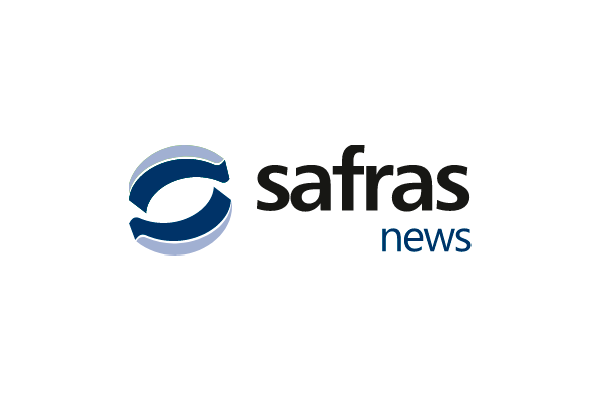The global flow continues to accelerate and is more directed toward coffee from South America, where Brazilian conillon stands out. Logistical obstacles on the Asia-Europe route increase export costs and continue to limit shipments in the region. On the other hand, the movement of industries in the European Union, before the EUDR (EU Deforestation Regulation) came into effect, boosted demand, despite the high coffee prices. Starting in 2025, the European Union will require information on the geolocation of the properties where coffee came from, increasing control so that European companies do not acquire products originating from deforested areas. The protocols and documentation required raise doubts about compliance by some producers, which could put supply at risk. This is leading to the formation of protective stocks for the European industry, which has been quite clear in the flow of shipments in recent months.
Global shipments grew 10% in the 23/24 business season (October to June), according to data from the International Coffee Organization (ICO). Regionally, Asia lost ground due to the lower flow from Vietnam, while South America grew in share, with good performance from Brazil and Colombia.
Global coffee trading differentials have weakened slightly. The increased interest in selling, given the new surge in coffee prices in both NY and London, has put a slight strain on the external sales base, especially in Brazil. The rise in the dollar against emerging currencies has also contributed to the weakness in FOB export differentials. Compared to the same period last year, the differentials for both arabica and robusta are weaker, except for robusta in Vietnam and fine cup with screen 17/18 in Brazil.

